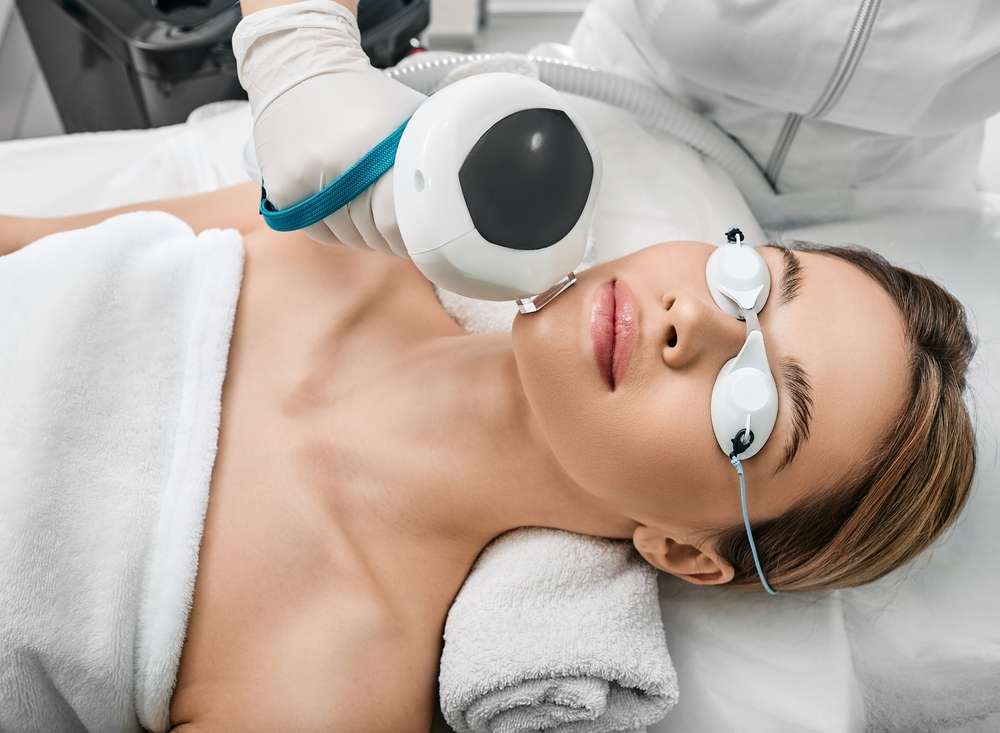Hyperpigmentation: Causes, Diagnosis, and Treatment Options
Hyperpigmentation is the darkening of patches of skin due to excess melanin production or accumulation. It affects people of all skin types, presenting as age spots, post-inflammatory marks, melasma, or freckles. Understanding the types, causes, and how dermatology professionals approach treatment can help set realistic expectations for outcomes and maintenance.

This article is for informational purposes only and should not be considered medical advice. Please consult a qualified healthcare professional for personalized guidance and treatment.
What is hyperpigmentation and how does it affect skin?
Hyperpigmentation refers to areas where the skin becomes darker than the surrounding tissue because of increased melanin or uneven pigment distribution. Common forms include post-inflammatory hyperpigmentation (after acne or injury), solar lentigines from sun exposure, and melasma linked to hormonal changes. While not harmful, these changes can be cosmetically concerning. The appearance varies by skin tone and location; darker skin types may experience more noticeable or longer-lasting marks, and different causes require different approaches to care.
What causes skin hyperpigmentation?
Several factors can trigger hyperpigmentation: ultraviolet (UV) radiation stimulates melanocytes to produce more pigment; inflammatory processes such as acne, eczema, or cuts can leave dark marks as they heal; hormonal fluctuations during pregnancy or with contraceptives can cause melasma; and some medications or chemical exposures may provoke hyperpigmented reactions. Genetic predisposition also influences susceptibility. Identifying the root cause is essential because ongoing exposure to triggers (for example, sun without protection) will undermine treatment efforts and lead to recurrence.
How do dermatology clinics diagnose hyperpigmentation?
Dermatology assessment typically starts with a visual exam and patient history, including onset, duration, triggers, medication use, and family history. Clinicians may use tools like Wood’s lamp to distinguish epidermal from dermal pigmentation, and dermoscopy for detailed surface evaluation. In unclear cases, a skin biopsy can confirm diagnosis or rule out less common conditions. Diagnosis guides treatment choice: epidermal pigmentation often responds better to topical agents and peels, while dermal pigment may require laser or longer-term strategies.
What treatment options are available for hyperpigmentation?
Treatment ranges from topical to procedural approaches. Topicals include hydroquinone alternatives (azelaic acid, kojic acid), retinoids to speed cell turnover, and vitamin C for antioxidant support. Chemical peels (glycolic, salicylic, or TCA) can help remove pigmented surface layers. Procedures include microneedling, IPL (intense pulsed light), and targeted lasers for deeper pigment, though efficacy varies by pigment depth and skin type. Sunscreen and sun-avoidance remain foundational to prevent recurrence. Many regimens combine therapies to improve outcomes while monitoring for irritation or paradoxical darkening in darker skin.
Hyperpigmentation treatment and dermatology services in India
India has a wide mix of dermatology providers, from private clinics and hospital departments to aesthetic centers offering combined medical and cosmetic treatments. Availability ranges from topical prescriptions and peels to advanced lasers and pigment-focused procedures. Because skin types in India are diverse, dermatologists often tailor protocols to reduce the risk of post-procedure hyperpigmentation. When seeking local services, look for board-certified dermatologists or reputable clinics that offer pre-treatment assessment and follow-up care. Discuss realistic timelines—many treatments require weeks to months for measurable improvement.
Managing expectations, maintenance, and follow-up
Realistic expectations matter: most hyperpigmentation requires multiple treatments and ongoing maintenance. Topical regimens may take 8–12 weeks to show change; peels or lasers often need several sessions spaced over months. Maintenance involves daily broad-spectrum sunscreen, gentle skincare to avoid irritation, and periodic dermatologist reviews to adjust therapy. Some people achieve substantial improvement; others manage chronic or recurrent pigmentation with long-term preventive measures. Adverse effects such as irritation or rebound darkening are possible, so close follow-up with a dermatology provider supports safer and more effective outcomes.
Conclusion
Hyperpigmentation covers a range of pigment disorders with diverse causes and treatment pathways. Accurate diagnosis by a dermatology professional, combined with sun protection and a tailored treatment plan, improves the chances of visible improvement while minimizing risks. Long-term management and realistic expectations are key to maintaining results and preventing recurrence.






